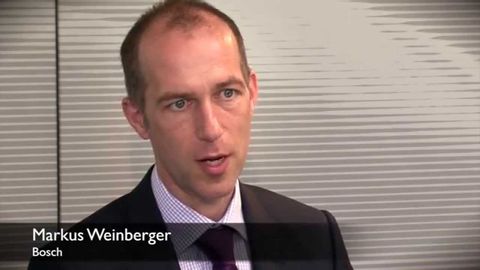モノのインターネットエコシステム (The Internet of Things Ecosystem)
richardwang が 2021 年 01 月 14 日 に投稿  この条件に一致する単語はありません
この条件に一致する単語はありませんUS /ˈfɪzɪkəl/
・
UK /ˈfɪzɪkl/
- n. (c.)身体検査 : 健康診断
- adj.身体の : 肉体の;物質的な;物理的な
- n.体育
- n. (c./u.)作品 : 著作物;作品 : 著作物;仕事;職場;作業結果 : 業績
- v.t./i.うまくいく;機能する;働く;努力する;動かす
- adj.仕事
US /ˈbɪznɪs/
・
UK /ˈbɪznəs/
- n. (c./u.)会社;(取り組むべき重要な)事柄 : 仕事 : 状況;商売 : 経営;業界;活動;権利;目的;舞台でのちょっとしたしぐさ;義務 : 任務;経営学;取引量 : 商況;ビジネスロジック
- adv.仕事で;本気で : 真剣に
- adj.通常通り
US /ˌvʌlnərə'bɪlətɪ/
・
UK /ˌvʌlnərə'bɪlətɪ/
- n. (u.)脆弱性;弱点;脆弱さ;セキュリティホール
エネルギーを使用
すべての単語を解除
発音・解説・フィルター機能を解除

